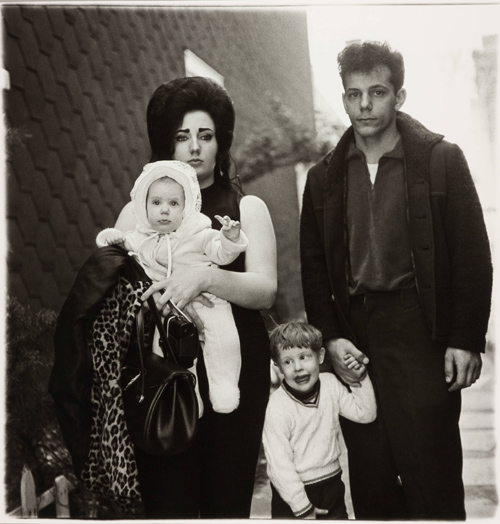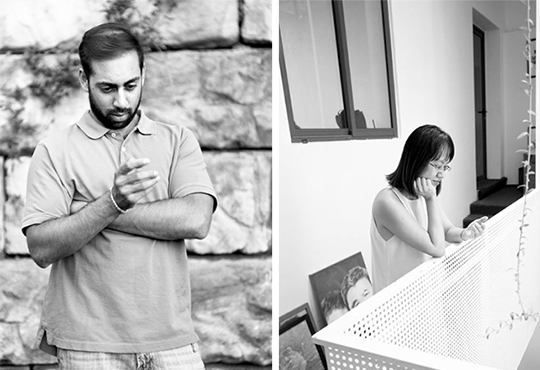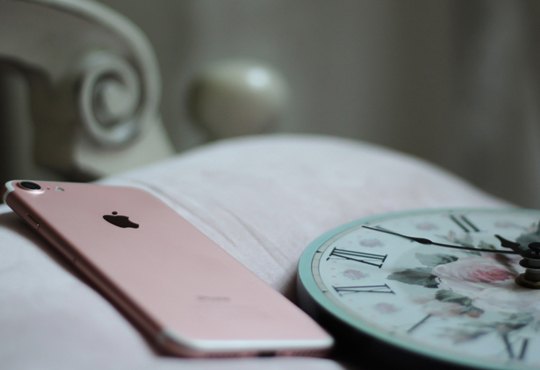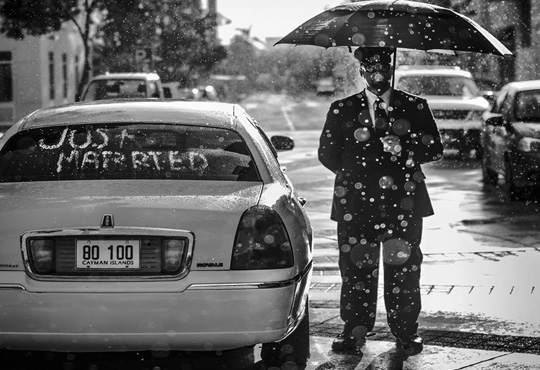
Diane Arbus (1923-1971) was born, lived and worked in New York City. At 18 her marriage to Allan Arbus, a fashion photographer, provided an introduction to photography. Portraiture, the genre from which her fame arose, quickly became her focal point; this personal and sophisticated approach redefined documentary photography, especially through her collaboration of photography and fine art. Photographing contemporary life on both a personal and professional level, Arbus’s portraits maintain a distinctive frontal and square format. Her style is also characterised by the persistent use of flash in daylight, bleaching her photos and rendering her subjects pale. Now at the Tate, three rooms are dedicated to some of her most iconic black-and-white photographs.
Arbus celebrated all things as they were, with a commitment to photographing everybody. This included those whose decisions and life choices kept them to the margins of society. Having studied alongside Austrian photographer Lisette Model in the 1950’s, Arbus garnered an unconventional perspective on the everyday. With interests ranging from public parks (Child With a Toy Hand Grenade in Central Park, N.Y.C. 1962) and people she had met and befriended to the less common, transsexuals (A Young Man in Curlers at Home on West 20th Street, N.Y.C. 1966), ethnics and social minorities (Retired Man and His Wife at Home in a Nudist Camp one Morning, N.J. 1963). Those with mental disabilities or physical abnormalities are some of the stranger subjects Arbus would actively seek out to unsettle and disturb.

The exhibition provides little information regarding Arbus’s personal life and how she became an influential photographer of the 20th Century. In doing so it plays to artistic debate given the significance of biography in the interpretation of great artistic works. Knowledge of Arbus’s suicide proposes a different reading of her photographs and more attention is directed towards her state of mind. Romantic associations of the deeply troubled and struggling artist in turmoil are also brought to light. In hindsight it is hard not to see the depth of her sadness when looking at an innocent self-portrait of Arbus pregnant in 1945 (Self-portrait, Pregnancy, N.Y.C, 1945).

Nonetheless, regardless of a deeper reading induced by her depression, many of these images are unsettling in themselves. Russian Midget Friends in a Living Room on 100th Street, Albino Sword Swallower at a Carnival, and The Human Pin Cushion are just a handful of predictably shocking images.

Most inspiring for the Semple Team was Arbus’s truly accepting nature, plainly shown through her willingness to artistically capture subjects whom many would shy away from. Bearing in mind the inquisitive nature of our own society, to put Arbus’s fascination with the unusual purely down to her mental state feels unwarranted. It is likely motivations of interest and understanding the unknown would be a fairer reflection, as opposed to casting her amongst the outsiders she empathised with. As a critic of the ‘New Documents’ exhibition in 1967 eloquently puts it, Arbus was “not aiming to reform life, but to know it.”
16 May 2011 – 31 March 2012
(Tate Modern, Curated by Simon Barker and Shoair Maulian)
Series of work featured; A Box of Ten Photographs, Untitled 1970-71 and a selection of her earliest work.
All photographs, gelatine silver print on paper
Jasmin Hadfield



